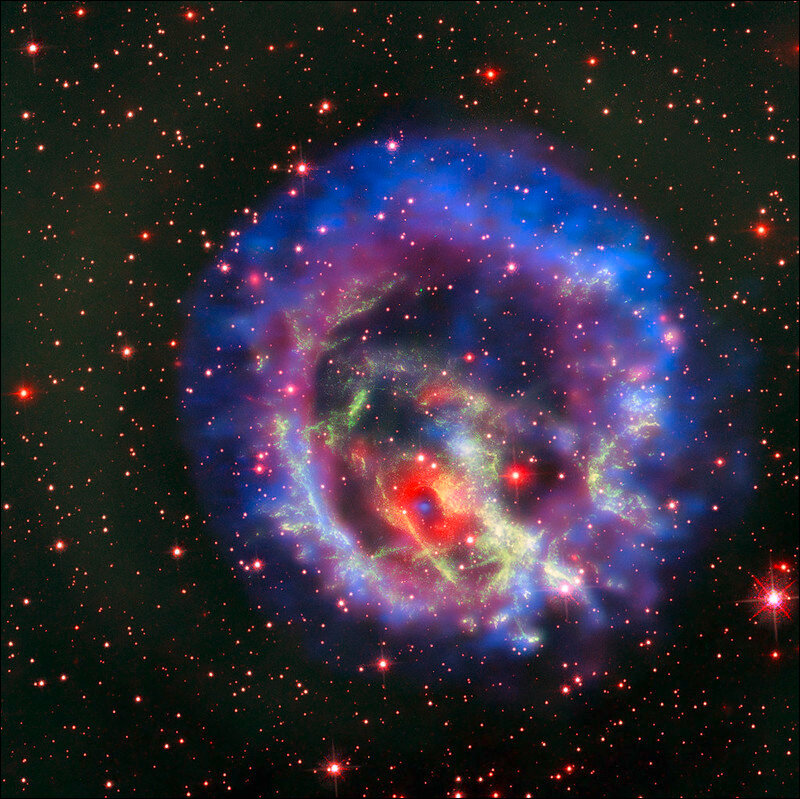Nigel Pereira explores the limitless applications for superimposing computer-generated content over a user’s view of the real world
You’re probably already familiar with augmented reality if you’ve watched Terminator, Universal Soldier, Predator, Top Gun, Iron Man, Avatar, and almost all the James Bond movies.

In Terminator, in particular, you look through the eyes of a killer cyborg and what you see is the real world plus a bunch of other information on the screen like if the person is a friend, an enemy, a target, etc. In the Predator movie, we get to see through the eyes of a bloodthirsty alien who sees everything in night vision/heat sensing mode with lots of additional information on the screen.
What is AR?

While killer robots and aliens are science fiction as far as we know, the Augmented Reality helmets in Top Gun are a real thing for pilots who need to see lots of additional information through their helmets and visors. Augmented Reality (AR) is basically a view of your real surroundings with added real-time information, we see a lot of this in James Bond movies where he puts on special glasses that keep giving him real-time updates on his surroundings. Similarly, Iron Man is constantly getting AR updates from his computer JARVIS every time he’s flying around in his suit.
Imagine walking through a supermarket with a pair of AR glasses that give you directions as well as advice on discounted products and customer reviews. Or even better, imagine that you’re on a holiday with a pair of AR glasses that not only act like your tour guide but also your translator. The possibilities are endless and as humans who always thirst for information and knowledge, having real-time information fed to your natural field of vision almost seems like a superpower. Apart from the fact that they would never be allowed in Casinos or during poker matches, AR could change the world in a lot of ways.
Sify Technologies – Digital Services
Augmented Reality Vs. Virtual Reality
In our previous post on the metaverse, we’ve described in detail the possibilities of virtual reality and how it takes us to a complete virtual land. That’s what VR is, it’s a place that’s 100% virtual and doesn’t exist in the real world, you can walk around, make friends, battle demons, and even go on a virtual holiday. The keyword here, however, is virtual, none of it actually exists in the physical realm and one can even argue that anything you do there doesn’t actually happen. For example, you may get chased and bitten by a shark or a monster or even die in a VR game with zero real-world consequences.
While VR is a completely immersive experience with no connection to the real world whatsoever, AR occurs in the real world. AR augments your actual reality by adding useful digital elements in the form of sound, pictures, videos, and even GPS overlays which change and update themselves in real time based on your actions or movements. While VR requires a VR-enabled headset to experience, AR only requires a phone with a camera. A good example here would be the popular game Pokemon Go, where you could just aim your phone camera at your actual surroundings to find Pokemons.
Real-world applications

There are literally limitless applications for superimposing computer-generated content over a user’s view of the real world. In addition to entertainment apps like Instagram and Snapchat that let you add computer-generated content to your pictures in the form of filters, AR has found applications in every industry from interior design to healthcare, education, and even agriculture. The popular Swedish furniture store IKEA has already launched an Augmented Reality app called IKEA Place that lets you add true-to-scale virtual 3D models of furniture in your own home so that you can add, remove, and view them at leisure.
With regard to healthcare, in particular, data from MRIs and CT scans are loaded into an AR headset to be overlaid over the patient’s actual anatomy during surgeries. Microsoft HoloLens AR glasses are already being used by surgeons who are performing reconstructive surgeries. Similarly, Google Expeditions is being used in classrooms to enable students to view and manipulate 3D objects in order to make learning more interesting and interactive. AR is also being used to enable Smart Farming where farmers are provided real-time data on the best crops to plant on a particular piece of land, possible pests and remedies, ideal soil conditions, and even weather forecasts.
The sky is the limit

If you’ve ever looked at the stars in the night sky and wondered if there was an easy way to recognize the different planets and constellations, well there is. The Stellarium app lets you look at the sky through the camera of your mobile phone while superimposing all the names of the stars and planets over your view. SkyView and Star Walk are two more examples of similar astronomy apps that use AR to add useful information on the stars and galaxies to your view through your phone’s camera. With applications in practically every industry under the sun, the stars and sky are just the beginning when it comes to what can possibly be achieved with AR.
In case you missed:
- Samsung’s new Android XR Headset all set to crush Apple’s Vision Pro
- These AI powered devices add smells to virtual worlds
- Could Contact Lenses be the Key to Fully Wearable BCIs?
- Could the Future of Communication Be Holographic?
- AI-powered smart devices for the hearing, vision, and speech-impaired
- Neuralink Blindsight and Gennaris Bionic eye, the future of ophthalmology?
- This computer uses human brain cells and runs on Dopamine!
- PVC Meta Coins: The Next Big Thing in Crypto?
- Will Pi Coin Be the Next Bitcoin? A quick Reality Check!
- AI in 2025: The Year Machines Got a Little Too Smart (But Not Smart Enough)









